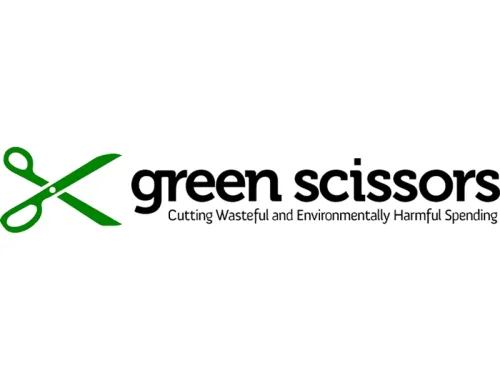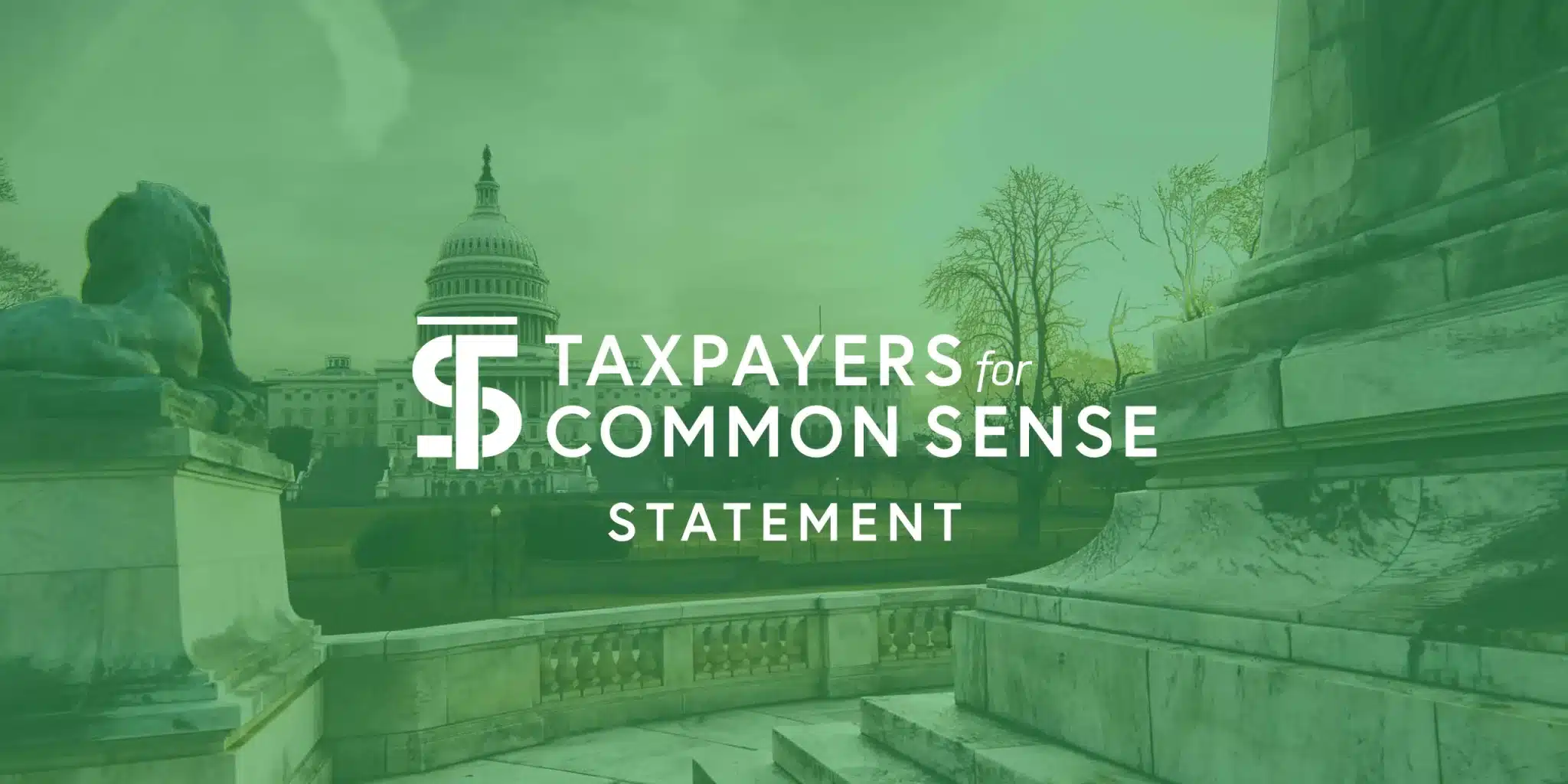Big spending proposals are a dime a dozen in D.C. these days. But blindly pulling out the Federal checkbook can’t be the go-to answer to every issue. We can’t continue to avoid scrutinizing our current spending and our ballooning federal debt. And we know it sounds retro, but some spending is just plain wasteful (and harmful). This week, TCS and our partners are proud to publish an alternative – an updated Green Scissors database of federal programs, projects, and tax breaks that are wasteful and environmentally harmful, and over-ripe to be cut. Lawmakers pay attention: you can make policy progress without breaking the bank.
A budget watchdog, an environmentalist, a consumer advocate, and a libertarian walked into a bar … err, logged into a Zoom room. That’s not the setup for a bad DC joke, it’s the premise for the 2021 Green Scissors Coalition. Together with Friends of the Earth, Environment America, U.S. Public Interest Research Group, and the R Street Institute, we identified dozens of line items in the federal budget, agency programs, and tax breaks that waste federal dollars and do harm to the environment. In total, taxpayers could save roughly $300 billion over a decade if lawmakers cut along the dotted lines we lay out in the database.
Bringing oddball coalitions together is a TCS specialty, and we’ve been at it for more than 25 years. Ever since the first Green Scissors campaign launched more than two decades ago, we have worked to demonstrate that common ground can be found, and that there is common sense across ideological boundaries.
The database, which will continue to expand, includes everything from oil and gas tax subsidies to overgenerous crop insurance payments, water infrastructure excesses to nuclear energy research and development. Some of the proposed cuts have been highlighted since the beginning of Green Scissors, like the 1872 Mining Law, which for the last nearly 150 years allows mining companies to extract valuable gold, silver, uranium, and other hardrock minerals from federal lands without paying taxpayers any royalties despite making billions of dollars in profit. Even the favored oil and gas industry has to pay the below-market royalty rate of 12.5 percent for oil and gas produced from federal lands. And to pour toxic sand in the wound, the 1872 Mining Law also allowed hardrock producers to abandon thousands of sites on federal land that taxpayers then have to clean up.
While some wasteful programs in our previous databases were eliminated in recent years – such as direct payments for agriculture (well done, Congress), spending on the farm “safety net” has actually ballooned since. This bait and switch has left taxpayers holding the bag for everything from shallow loss subsidies and government-set price supports to bioenergy tax credits, grants, and loan guarantees.
Other items on this year’s Green Scissors list represent a real challenge to some misguided consensus in Congress. On Capitol Hill, it’s not ‘Hot-Girl’ summer, it’s Hot-Subsidy summer. Heaping on more subsidies for the nuclear industry and carbon capture and sequestration (CCS) technologies is becoming a bipartisan bad idea. But more nuclear and CCS support is only going to make things worse. The nuclear industry hasn’t built a reactor that can compete cost-wise in decades (if ever), despite a bevy of federal subsidies (including uranium mined for free – see above). And nuclear projects on the horizon don’t have much hope either, not to mention no one knows what to do with radioactive spent fuel. With our Green Scissors allies, we’re saying: it’s time to cut our losses, and we could save some $17 billion over the next decade if we do.
CCS is likewise in vogue. Sure, snatching carbon out of the air so we can continue to burn fossil fuels sounds great. But it’s so expensive to deploy (after many billions of federal dollars trying to make it cheaper) that we’re only able to build nicer and nicer display models while industry window shops. The only place CCS is now regularly employed is in the oil fields, where captured carbon gets injected into wells to juice a bit more petroleum out of the ground. CCS to increase fossil fuel production kinda defeats the purpose don’t cha think? And does the carbon even stay in the ground? We’re not so sure. But Congress says we should be expanding the tax credit for CCS anyway, and the oil and gas industry is eager to endorse some policy that looks eco-adjacent.
We agree at Green Scissors, CCS is not the silver bullet its proponents claim, and Congress can’t close its eyes, open up taxpayers’ wallets, and wish it into existence. Instead, we can save nearly $10 billion over the next 10 years if we cut the 45Q tax credit for CCS and Department of Energy spending on CCS R&D.
We didn’t stop there and neither should you. Check out the database. We recognize that not only is climate change costing taxpayers money, it’s going to take more money to deal with adaptation, mitigation, and actually tackling the drivers. But here’s a case where the nation could save some coin and do some good. It’s time for Common Sense on Climate. And as that budget watchdog, environmentalist, consumer watchdog, and libertarian show, it’s time to build back some better coalitions to get it done.











Get Social